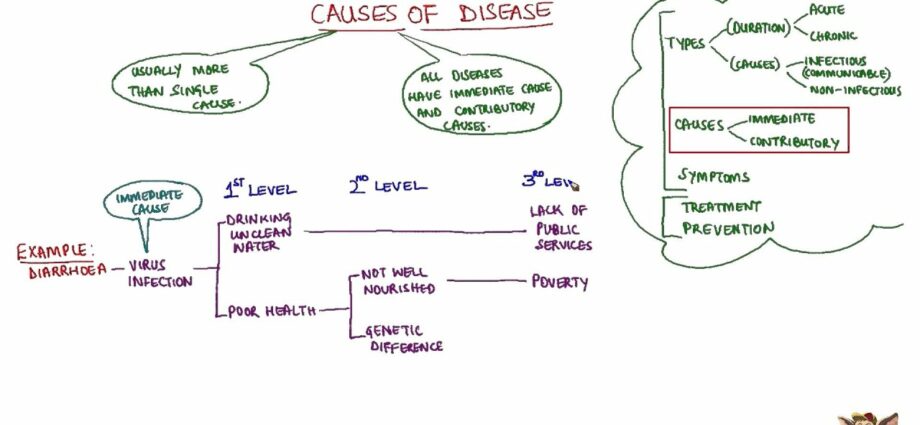X'inhuma l-kawżi tal-marda, il-mod ta 'trażmissjoni tal-virus?
CHIKV is transmitted to humans through the bite of mosquitoes of the genus Aedes, which are also the agents responsible for the transmission of dengue, zika and yellow fever. Two family mosquitoes Aedes kapaċi jittrasmettu l-virus Zika, Aedes aegypti f'żoni tropikali jew subtropikali, u Aedes albopictus (the “tiger” mosquito) in more temperate areas.
The mosquito (only the female bites) contracts the virus by biting an infected person or animal and can then transmit this virus by biting another individual. Those Aedes are mainly active at the start and end of the day.
The CHIKV virus, when injected by mosquito saliva into a man or woman, diffuses into the blood and lymph nodes, then reaches certain organs, mainly the nervous system and joints.
The person infected with chikungunya is not directly contagious to another human being. On the other hand, if it is bitten again by a mosquito like this Aedes, it transmits the virus to him, and this mosquito can then transmit the disease to another person.
Transmission of the chikungunya virus by blood transfusion or organ transplant would be possible, hence the precautionary measures taken to exclude people with the disease from donating blood. The virus can also be passed from mother to child during pregnancy or childbirth.










